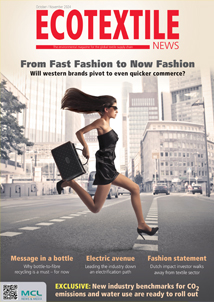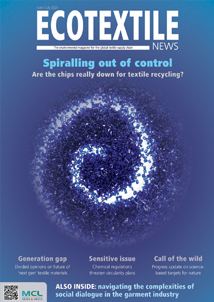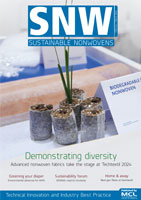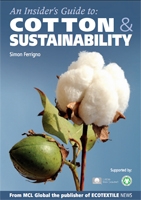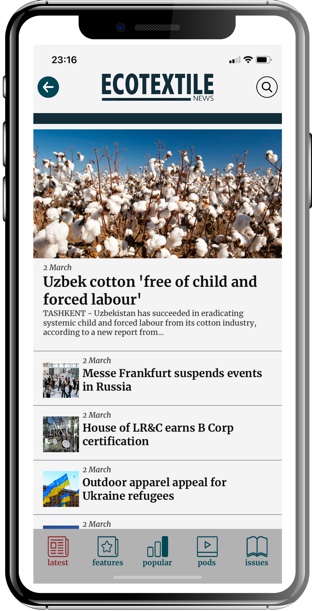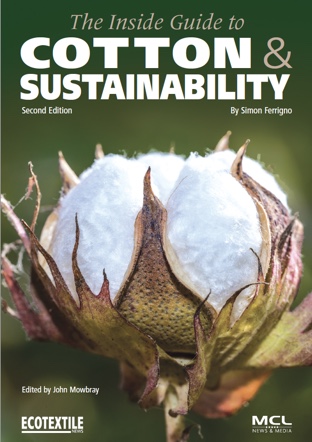LONDON – The fashion sector has been recognised as a leader in environmental goal-setting, ambition and collaboration, in a new report on the consumer goods industry's progress towards circularity.
But the wide-ranging study - by accounting and auditing giant KPMG - urges fashion companies to translate these qualities into larger-scale, tangible outcomes.
Fashion is one of seven sub-sectors to have been examined in the report, along with consumer electronics, food and beverage, furniture, home and personal care, luxury goods, and retail.
KPMG examined how well companies in each were performing in six key areas: ambition and strategy, goals and targets, knowledge and resources, resource inflows, resource outflows, and circularity enablers.
The fashion industry received an ‘overall circularity readiness score’ of 5.82 out of 10, around average for the study.
Its highest score was for ‘ambition and strategy’ and lowest for ‘resource inflows’, defined by KPMG as “assessing input resources and carefully selecting materials to facilitate circular design and operations”.
“The fashion sub-sector has made strong progress with its circular ambitions and collaboration initiatives,” said the report.
“Confident in its circular knowledge and resource allocation — with a willingness to onboard both internal and supplier operations into the circular economy — it continues to share good practices and champion collaboration to advance the circular economy.
“However, our assessment highlights further potential in establishing new (and increasing existing) targets, implementing initiatives on a broader scale, and enhancing circular inflows and circular business models.”
The report urges the industry to improve its transparency and traceability, with clear communications for products and materials, specifically around verifying labels and environmental marketing claims.
And it says that the industry must increase the use of recycled raw materials, with efforts to promote circular inflows to focus on primary materials such as polyester and cotton.
It recommends that companies consider material compositions and recyclability earlier in the design process to bolster the sustainability of supply chains and participate in Enterprise Resource Planning (ERP) schemes to better optimise efficiency.
While it calls on companies to tackle overproduction through circular business models such as rental, resale and repair, as well as introducing demand-driven production to prevent waste.
It points to Ellen MacArthur Foundation’s ‘Vision of a Circular Economy for Fashion’ as a pivotal example in rephasing the industry approach towards circularity, as well as H&M’s ‘Circulator’ employee guide, and various take-back initiatives.
KPMG added: “In a world where our reliance on finite resources has pushed our planet to its limits, we stand at a crossroads.
“The linear model of consumption, which has long been the norm, is proving unsustainable.
“As we awaken to the environmental and economic toll of this ‘take-make-waste’ approach, the circular economy presents itself not merely as an alternative, but as an imperative to balance economic growth with ecological and social stewardship.”
















